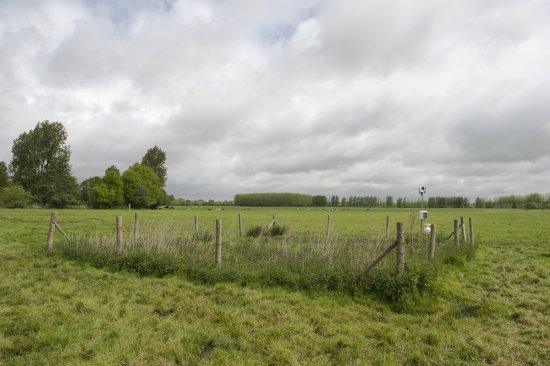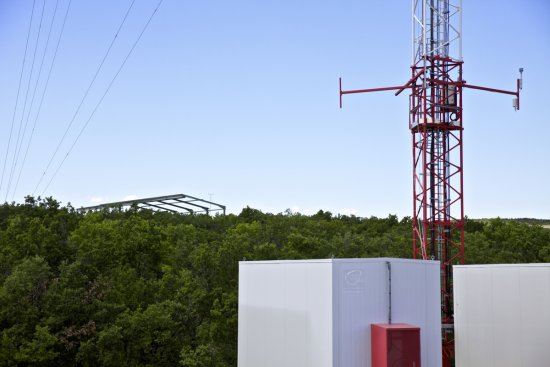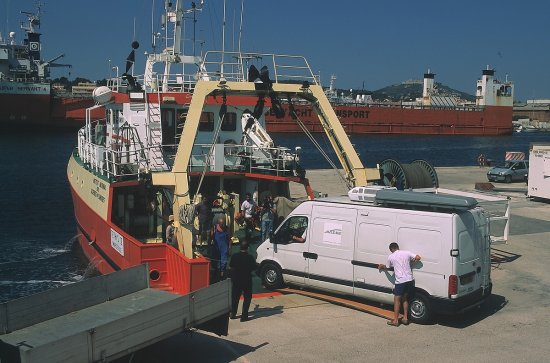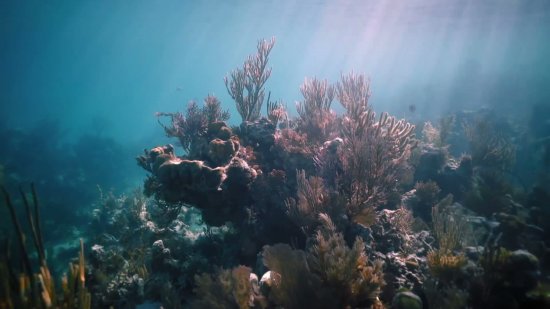© CNRS - 2012
Reference
3967
Etang de Berre, a body of water as it is (The)
The Berre pond is one of the largest brackish water ponds in Europe. Located at the outskirts of Marseille, it is today one of the most studied lagoons around the Mediterranean. Researchers in different disciplines (historian, ecologists, industry, politicians) elaborate on theindustrial history of this place and demonstrate how it has become a threatened and threatening place. They try to find solutions to rehabilitate this lake and its ecosystem into a living place for those staying on its banks.
In the 19th and 20th centuries, the development of the chemical, petrochemical and aeronautical industries seriously polluted its waters with heavy metals and hydrocarbons, precluding any fishing and bathing. In 1966, a solution to the pollution was thought to to be found with the EDF hydroelectric power plant in Saint-Chamas coming into operation and the spills of billions of tons of water year into the lake. In fact, this release of fresh water and silt resulted in reduced water salinity and jeopardised ecosystems, causing the proliferation of green algae, an oxygen deficit in deep waters and preventing the development of some animal species. Currently different solutions for the rehabilitation of the Etang de Berre are considered, such as the diversion of the EDF canal towards the Rhône or the reopening of the Rove tunnel which would allow the arrival of salt water from the sea.
Duration
Production year
Définition
Color
Sound
Version(s)
Original material
The use of media visible on the CNRS Images Platform can be granted on request. Any reproduction or representation is forbidden without prior authorization from CNRS Images (except for resources under Creative Commons license).
No modification of an image may be made without the prior consent of CNRS Images.
No use of an image for advertising purposes or distribution to a third party may be made without the prior agreement of CNRS Images.
For more information, please consult our general conditions























